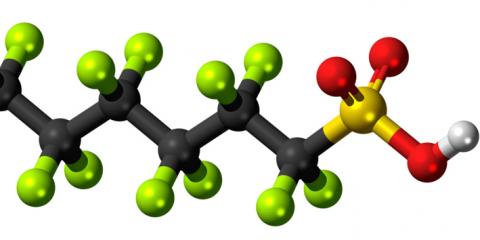Reaction: study associates childhood exposure to pesticides with earlier puberty
A study in Spanish children, with follow-up from pregnancy to adolescence, has found an association between children's exposure to pesticides and fungicides and earlier breast development in girls and genital development in boys. The work has been carried out by the University of Granada (UGR), the Institute for Biosanitary Research (ibs.GRANADA) and CIBERESP (ISCIII).

Montserrat Marqués - pesticidas pubertad
Montserrat Marqués Bueno
Researcher at the Laboratory of Toxicology and Environmental Health, Department of Basic Medical Sciences, Universitat Rovira i Virgili.
The study assesses the association between pesticide exposure and pubertal development in boys and girls (7-11 years) from rural areas of Spain, and examines how body mass index may modify this effect. Metabolites of the most widely used non-persistent pesticides - whose endocrine disrupting potential has been demonstrated - were analysed in more than 1,500 urine samples from the well-known Spanish INMA cohort. The researchers applied different statistical models to explore this association. The results are very interesting: girls with higher exposures to some pesticides (organophosphates) and a fungicide (ethylene-bis-dithiocarbamate) had greater pubertal development, while the latter compound was associated with greater breast development, particularly in girls with low or normal weight. In boys, exposures to chlorpyrifos and pyrethroids were associated with increased genital development, the latter in overweight/obese children. In addition, the fungicide ethylene-bis-dithiocarbamate was associated with increased genital development in underweight/obese children, while higher diazinon exposure was associated with decreased puberty in overweight/obese children.
Exposure to chemicals that have been shown to be endocrine disrupting should be limited and minimised, particularly in sensitive populations such as children and pregnant women. Early pubertal development is one of the many short, medium and long term effects of such substances.
- Artículo de investigación
- Estudio observacional
- Humanos



